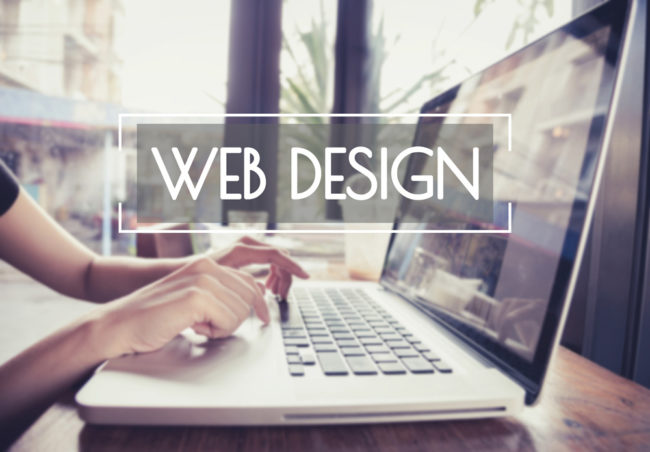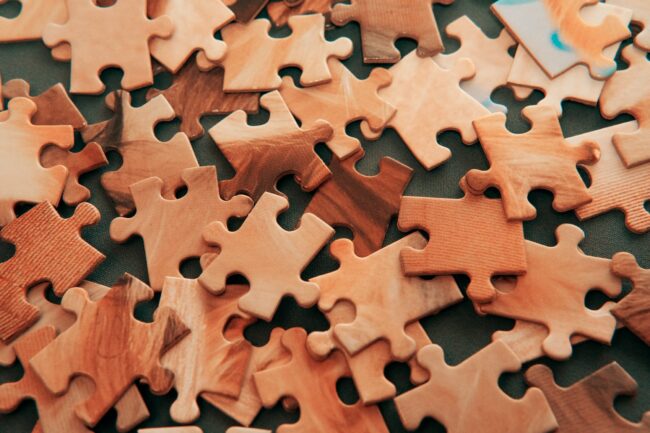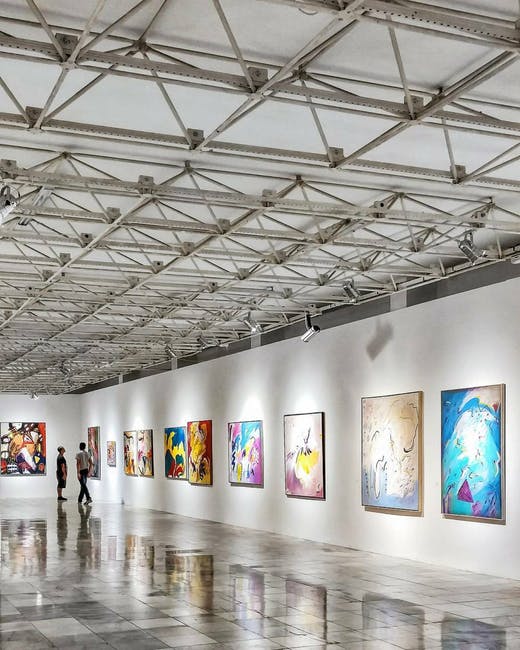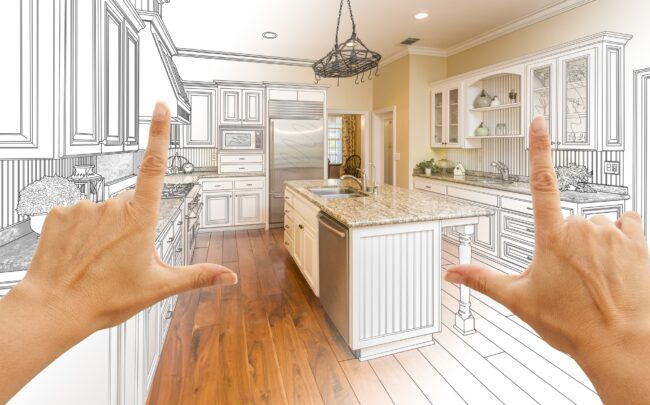If the content and layout of a website aren’t very attractive, 38 percent of visitors will click away.
Images are critical to making your site design pop. Let’s look at some tips for choosing website design images for your blog.
Exciting or Emotional Images
When choosing pictures for your site, look for images that convey excitement or emotion. Images that give a sense of motion or action are a great way to add some life to the words on the page.
High-Quality & High-Resolution
When using images on your website, make sure they’re high enough resolution to look good on all sizes of screens, from smartphones to the biggest monitors. Be sure to offer “retina” resolutions so your images don’t look grainy on the latest displays.
Avoid Stock Photos
Cheesy stock photos will make your posts look dull and formulaic. Stay away from stock photos that look the same as every other website in your market. If you need to use stock images, try combining several into a free photo montage.
Set Your Own Tastes Aside
Choose images based on what your audience will like, not what you like. Your tastes don’t matter to your website visitors so make sure you design your pages based on what they’re looking for.
Match Your Website Design Images to the Topic
Choose images related to the subject of the page they’re on. For example, if you’re including testimonials on a product page, you’re better off to include a picture of a person than of the product itself. Don’t stick any image on the page to break up the text, make it relevant.
Test Your Images
If you’re adding images to a conversion page of some sort, such as a sales or lead generation page, test different images to see which one gets the best conversion rate. Images can have as much (or more) impact on conversions as the content of the page.
Avoid Computer-Generated Images
Computer-generated images (CGI) can look good but they also tend to look dated faster than images of people or things. Trends change and the quality of CGI is constantly improving. An image that looks state-of-the-art today may look like it’s from the stone ages in a year or two. Avoid these unless you want to have to update your images regularly.
Match Image Color to Your Site Design
Your site’s color scheme is an important part of its design and the images you choose should match the rest of the page. Use a color wheel or color palette generator to create a pleasing color scheme with complementary colors then choose images that match those colors well.
Edit Your Images Strategically
Don’t be afraid to edit your images. Convert them to black and white or sepia tones, crop them, or superimpose text to make title cards for your blog posts. By editing all your website design images the same way, you can create a unique look and feel for your site.
A website with images is much more interesting than a wall of text. Breaking the content up with images also makes it easier to read. Don’t be afraid to sprinkle them liberally throughout your site.








